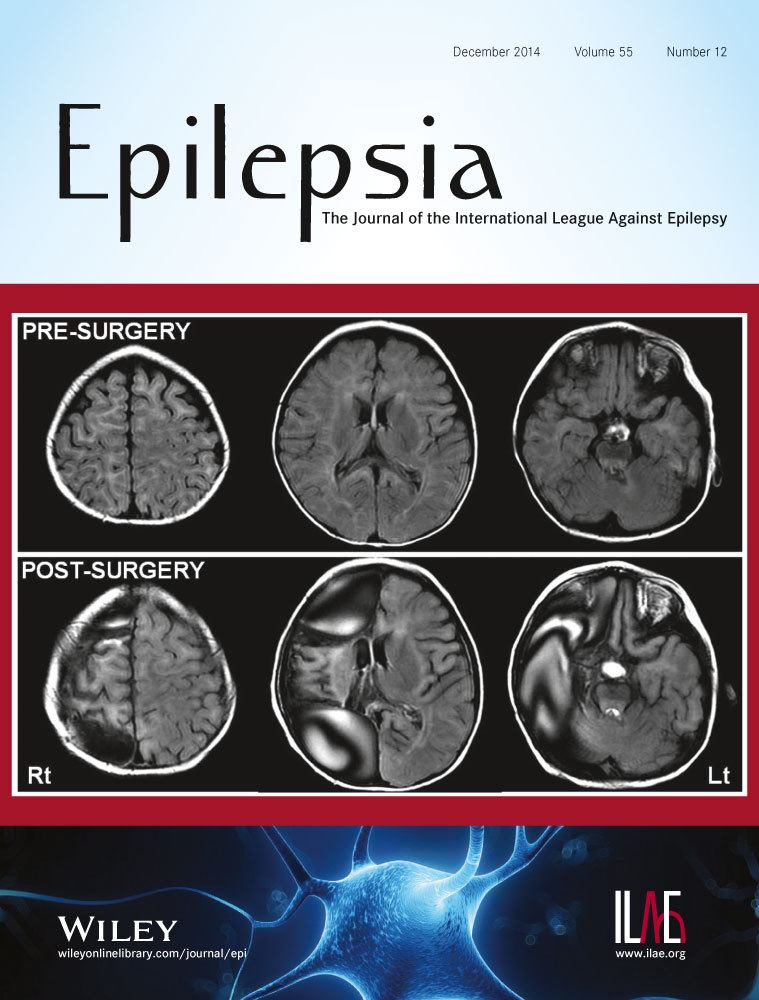A model of posttraumatic epilepsy after penetrating brain injuries: Effect of lesion size and metal fragments
Summary
Objective
Penetrating brain injury (PBI) has the highest risk for inducing posttraumatic epilepsy, and those PBIs with retained foreign materials such as bullet fragments carry the greatest risk. This study examines the potential contribution of copper, a major component of bullets, to the development of epilepsy following PBI.
Methods
Anesthetized adult male rats received a penetrating injury from the dorsal cortex to the ventral hippocampus from a high speed small bit drill. In one group of animals, copper wire was inserted into the lesion. Control animals had only the lesion or the lesion plus stainless steel wire (biologically inert foreign body). From 6 to up to 11 months following the injury the rats were monitored intermittently for the development of epilepsy with video–electroencephalography (EEG). A separate set of animals was examined for possible acute seizures in the week following the injury.
Results
Twenty-two of the 23 animals with copper wire developed chronic epilepsy, compared to three of the 20 control rats (lesion and lesion with stainless steel). Copper was associated with more extensive injury. The control rats with epilepsy had larger lesions. In the acute injury group, there was no difference in the incidence of seizures (83% lesion plus stainless steel, 70% lesion plus copper).
Significance
Copper increases the risk for epilepsy and may increase damage over time, but there were no differences between the groups in the incidence of acute postinjury seizures. Lesion size may contribute to epilepsy development in lesion-only animals. Copper may be an independent risk factor for the development of epilepsy and possible secondary injury, but lesion size also contributes to the development of epilepsy. The consequences of prolonged exposure of the brain to copper observed in these animals may have clinical implications that require further evaluation.




